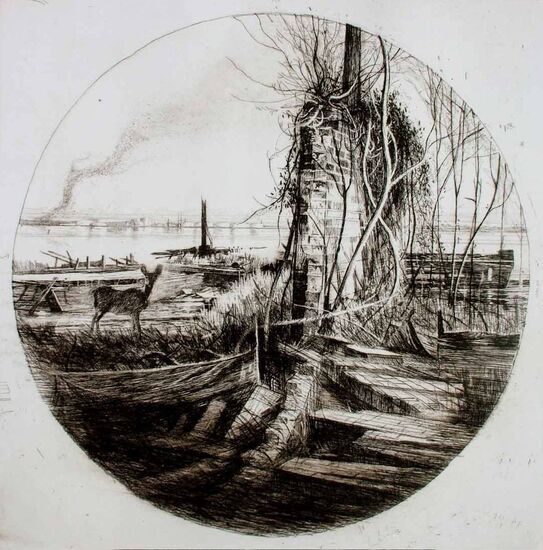Walt Whitman as photographed by Mathew Brady.
By Frances Scanlon
The Landmarks Preservation Commission, created in the 1960s in a well-spring hue and cry over the destruction of the Old Pennsylvania Station, will vote on six “monuments” connected with New York City’s LGBT history in or around June 18, 2019. One can still leave a statement by emailing the Commission's Director of Intergovernmental and Community Affairs at testimony@lpc.nyc.gov.
Yet amidst all this activity, signs were held up saying “What About Walt?", the most important poet of the American Romantic Movement?
Indeed in this Bicentennial Year celebrating 200 years of the Bard of Democracy it is shocking to realize that his home on 99 Ryerson St., Brooklyn, New York stands in grave peril. But no one cares about vinyl covered wooden houses, anyway, circa mid-19th century, not even the one situated at 99 Ryerson St.
Why not?
Upon more careful examination, that very structure is wherein Walt Whitman reconcile the civil war that existed inside his very complex self. That structure is the chalice that holds the tale of that reconciliation. It is wherein the kaleidoscope of “Song of Myself” developed into a blueprint for life’s journey. It is veritably the cauldron that contains the psychic embers of his almighty struggle in recognition of his several “selfs.” It is the birthplace and well-spring of his enduring legacy to humanity: the love in universality and the universality of love.
Now, of all times, is the moment: the 50th anniversary of a triumph at the Stonewall Inn over man’s inhumanity to man, the 200th anniversary of the birth of Walter Whitman and perhaps most significantly, the 160th anniversary of when Whitman stood up to the publisher of the Brooklyn Daily Eagle and was fired for his refusal to succumb to what he knew was fundamentally wrong.
Saving 99 Ryerson St. is not the right thing to do, it is indeed the only right thing to do.
Will the Landmarks Preservation Commission compass tilt not in a wayward fashion but with a sustainable acknowledgment that inherent in its very raison d’etre is the capacity to meet and embrace the challenges inherently presented in this application more than can be sufficiently gainsaid.
Will the Commission collectively to become as if a leaf of grass and sway on the right side of history’s breeze. Or rather surrender to the overly formalistic stoic elements that would elevate form over substance? The aspiration of many is that the Commission's seizes upon this solitary second in eternity to realize a noble end as well a beginning: #bringwalthome for the ages.
In January 1882, while Oscar Wilde was in the United States on tour, he had occasion to cross paths with Walt Whitman in his Camden, N.J. residence. Whitman was 62, Wilde was was 27. The portrait with which Whitman then gifted Wilde later appeared on Whitman's next book, “Specimen Days & Collect,” an assemblage of travel diaries, nature writing, and Civil War reminiscences.

Walt Whitman’s home in Camden.
Walt Whitman, who died on March 26, 1892 in Camden is buried in Harleigh Cemetery, which was recommended to him by an Irish cemetery worker, Ralph Moore. Moore had the fortune to experience what time denied William Butler Yeats. What a conversation that might have been.
A full list of 2019 Walt Whitman bicentennial events throughout the Tristate area and beyond is available at www.walthitmaninitiative.org/whittman-2019-consortium.








